
Top 10 Conversion Rate Optimization Techniques for 2025
Mar 06, 2025 4 Min Read 4931 Views
(Last Updated)
In today’s fiercely competitive digital landscape, where every click counts, mastering conversion rate optimization techniques is essential for online businesses. You must have poured your heart and soul into crafting a visually stunning website, complete with compelling copy and eye-catching graphics. Yet, despite the effort, your conversion rates are stagnating.
What could be missing? How can you turn those casual visitors into loyal customers? In this blog, we’ll delve into the top 10 conversion rate optimization techniques for 2025, dissecting successful business strategies to maximize online conversions.
Table of contents
- Top 10 Conversion Rate Optimization Techniques
- Personalize Your offers
- Reinvent Mobile-First Optimization
- Leverage AI-Powered Chatbots
- Optimize Lead-capture Forms
- Take advantage of Social Proof and User Reviews
- Leverage Voice Search Optimization
- Keep Up the Social Commerce Integration
- Introduce Visual Search Technology
- Social Media Listening and Engagement
- Continuous Testing and Optimization
- Wrapping Up
- FAQs
- What is conversion rate optimization (CRO) in digital marketing?
- What are the 6 primary elements of conversion rate optimization?
- How to calculate the conversion rate?
Top 10 Conversion Rate Optimization Techniques
As digital marketers, You’ll look for innovative ways to boost conversion rates and drive growth. With search engines becoming increasingly sophisticated and user expectations evolving, staying ahead of the curve is crucial. In this blog, let’s sail through the latest trends and strategies reshaping the conversion rate optimization landscape.
Before we move to the next part, Improve your knowledge of business analytics concepts. You can consider enrolling yourself in GUVI’s Business Analytics and Digital Marketing Course, which lets you gain practical experience by developing real-world projects and covering technologies including Power BI, Excel, SQL, Tableau, Data Visualization, etc.
Additionally, if you would like to explore Marketing Research Techniques through a Self-paced course, try GUVI’s Marketing Research Techniques certification course.
1. Personalize Your offers
In 2025, especially with the advancement of AI and Machine Learning, Personalization is taking center stage like never before. Businesses can now deliver highly tailored experiences to each visitor, significantly enhancing their chances of conversion. Whether it’s personalized product recommendations based on browsing history or dynamically generated content, the key lies in understanding your audience’s distinguished preferences and behavior patterns.

For Example: Netflix‘s recommendation engine analyzes users’ viewing habits to suggest personalized content, resulting in higher engagement and retention rates.
Also read: Top 10 Local SEO Strategies for Small Businesses [2025]
2. Reinvent Mobile-First Optimization
In today’s era where mobile devices reign supreme, optimizing your website for mobile users is no longer optional but necessary. With Google’s mobile-first indexing becoming the norm, ensuring seamless mobile experiences is critical for improving conversion rates. From responsive design and fast-loading pages to intuitive navigation, every aspect of your site should be tailored to the mobile user’s needs.
For Example: Airbnb’s mobile app provides a streamlined booking experience, with a user-friendly interface designed specifically for mobile devices.
Also Read: Top 10 Strategies to Optimize PPC Ads & Boost Sales

3. Leverage AI-Powered Chatbots
Chatbots have come a long way from being basic customer service tools to intelligent conversational agents powered by artificial intelligence. In 2025, AI-driven chatbots are revolutionizing customer interactions, providing real-time assistance and personalized recommendations around the clock. By integrating chatbots into your website, you can engage visitors, address their queries, and guide them toward conversion with minimal human intervention.

Also Read: 10 Best Marketing Automation Tools For Businesses [2025]
4. Optimize Lead-capture Forms
Lead capture forms play a pivotal role in conversion rate optimization by enabling businesses to capture, nurture, and convert leads effectively. By implementing lead capture forms strategically and optimizing them based on data-driven insights, businesses can enhance their overall conversion rates and drive sustainable growth. It serves as a crucial touchpoint in the conversion process, allowing businesses to capture lead i.e. potential customers who have shown interest in their products or services.
Once a visitor submits their information through a lead capture form, businesses can establish direct communication channels with them, nurturing the relationship and guiding them through the sales funnel. Whether it’s through email marketing, phone calls, or social media outreach, lead capture forms provide businesses with the means to engage with leads and move them closer to conversion.

Make sure you craft a well-designed lead capture form to enhance the overall user experience by making it easy for visitors to provide their information. By implementing user-friendly features such as clear and concise form fields, minimalistic design, and intuitive navigation, businesses can reduce friction and encourage more visitors to complete the form, thereby increasing conversion rates.
Know About 6 Reasons Business Analytics Makes Digital Marketing Powerful
5. Take advantage of Social Proof and User Reviews
Consumers rely heavily on social proof and user reviews to inform their purchasing decisions. By showcasing positive testimonials, ratings, and endorsements from satisfied customers, you can instill trust and credibility in your brand, ultimately driving conversions.
Through social media endorsements, customer testimonials on your website, and third-party review platforms, you can leverage social proofs that can significantly influence the buying behavior of your target audience.
For Example: Amazon’s product pages feature user-generated reviews and ratings, helping shoppers make informed choices based on peer feedback.
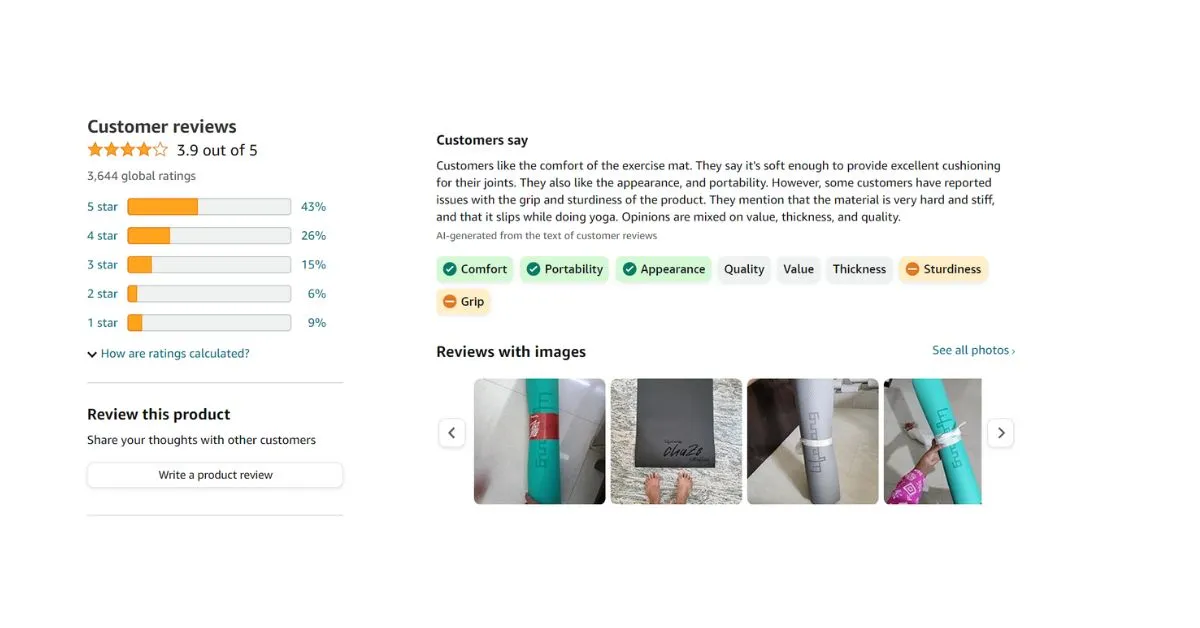
6. Leverage Voice Search Optimization
Voice-enabled devices like smart speakers and virtual assistants are gaining popularity. So, optimizing your content for voice search is crucial for staying relevant in 2025 among the crowd you want to inspire.
Voice search queries are often conversational and long-tail, requiring a different approach to keyword targeting and content optimization. By understanding the nuances of voice search and optimizing your content accordingly, you can capture valuable traffic and improve conversion rates.
7. Keep Up the Social Commerce Integration
With social media platforms increasingly becoming shopping destinations in their own right, integrating social commerce capabilities into your website is a no-brainer for boosting conversions. Whether it’s through shoppable posts, in-app checkout options, or social media advertising, leveraging social platforms as sales channels can streamline the buying process and drive impulse purchases.
Shoppable Posts
With shoppable posts, businesses can showcase their products directly within social media feeds. These posts typically include product images, descriptions, and price tags, allowing users to seamlessly discover and purchase items without leaving the platform. By eliminating friction in the buying process, shoppable posts capitalize on impulse purchases and spur conversion rates.

In-App Checkout Options
In-app checkout options enables users to complete transactions within the social media platform itself. This streamlined checkout process minimizes distractions and reduces the likelihood of abandoned carts, thereby maximizing conversion rates. By seamlessly transitioning from product discovery to purchase confirmation, in-app checkout options offer a frictionless shopping experience for users.
Social Media Advertising
Beyond organic content, social commerce integration extends to paid advertising campaigns on social media platforms. Through targeted ads and sponsored posts, businesses can reach their ideal audience segments with tailored product offerings and compelling calls to action.
By leveraging the robust targeting capabilities of social media advertising, businesses can drive traffic to their e-commerce platforms and increase conversion rates effectively.
Read More: Digital Marketing Best Practices for 2025
8. Introduce Visual Search Technology
Visual search technology enables users to search for products using images rather than text, offering a more intuitive and efficient shopping experience. By implementing visual search capabilities on your website, you can cater to the growing demand for visual-centric shopping experiences and make it easier for customers to find the products they’re looking for, thereby paving the way to conversion rate optimization.
Example: Pinterest Lens allows users to take a photo of an item and discover similar products available for purchase on the platform
9. Social Media Listening and Engagement
In social media, where everyone is present, listening to your audience and engaging in meaningful conversations is key to building relationships and driving conversions.
You may increase customer happiness and customize your marketing efforts by keeping an eye out for mentions, comments, and conversations about your company on social media sites. This can give you important insights into the attitudes, preferences, and pain points of your target audience.
You might Like: 8 Best YouTube Channels to Learn Digital Marketing 2025
10. Continuous Testing and Optimization
Continuous testing and optimization are the cornerstones of successful conversion rate optimization strategies. By conducting A/B tests, multivariate tests, and user experience experiments, you can identify areas for improvement, refine your messaging, and fine-tune your website for maximum conversions.
In the fast-paced world of today’s digital marketing, staying agile and data-driven is essential for staying ahead of the competition.
Also, Explore the Top 15 Growth Marketing Strategies for 2025
Wrapping Up
Learning the techniques for conversion rate optimization is no longer a luxury but a necessity for businesses looking to thrive online. By implementing the conversion rate optimization techniques outlined in this blog, businesses can elevate their conversion rates, drive meaningful engagement, and unlock the full potential of their online presence.
A successful way of optimizing conversion rate goes beyond mere optimization of website elements. It requires a deep understanding of the target audience, their needs, preferences, and pain points. By putting the customer at the center of their optimization efforts, businesses can create personalized, seamless experiences that resonate with users and drive conversions.
However, it’s essential to recognize that conversion rate optimization is not a one-time endeavor but an ongoing journey of experimentation, iteration, and adaptation. As consumer behaviors and technology continue to evolve, businesses must remain agile and proactive in their approach to stay ahead with conversion rate optimization.
Kickstart your career by enrolling in GUVI’s Business Analytics and Digital Marketing Course where you will master technologies including Power BI, Excel, SQL, Tableau, and Data Visualization, and build interesting real-life business-analytics projects.
Alternatively, if you want to explore Marketing Research Techniques through a Self-paced course, try GUVI’s Marketing Research Techniques certification course.
FAQs
Conversion rate optimization (CRO) in digital marketing is the process of improving the percentage of website visitors who take a desired action, such as making a purchase, filling out a form, or signing up for a newsletter.
It involves optimizing various elements of a website or landing page to encourage visitors to complete the desired action, increasing conversion rates, and driving business growth.
The six primary elements of conversion rate optimization (CRO) are Website design and User experience design, compelling CTA, Content quality and relevance, Trust and credibility, page load speed, and testing and analysis.
To calculate the conversion rate, divide the number of conversions (desired actions) by the total number of visitors and multiply by 100 to get the percentage.
Conversion Rate = (Conversions / Total Visitors) * 100




















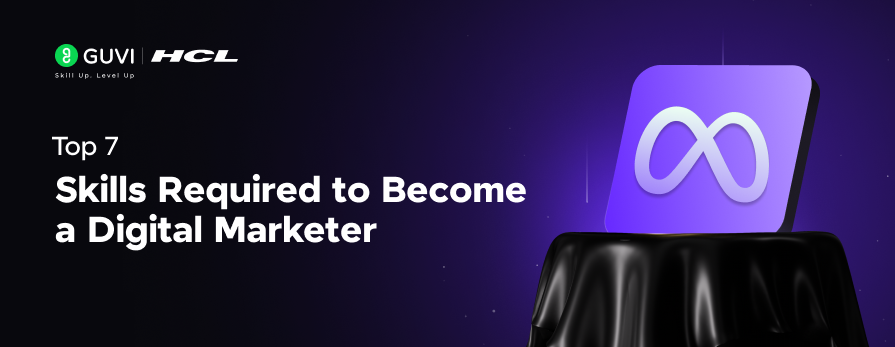
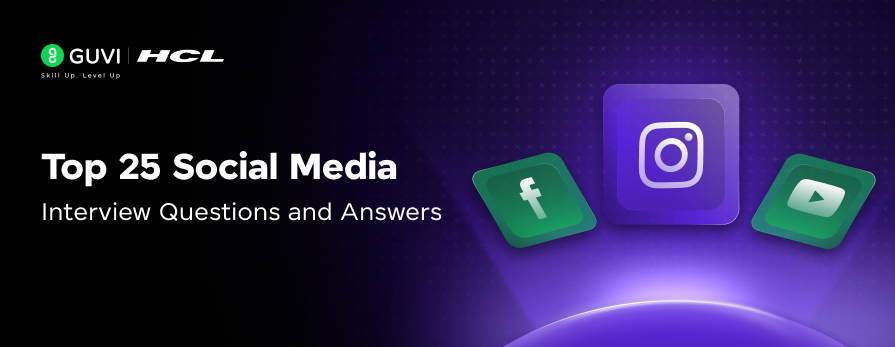
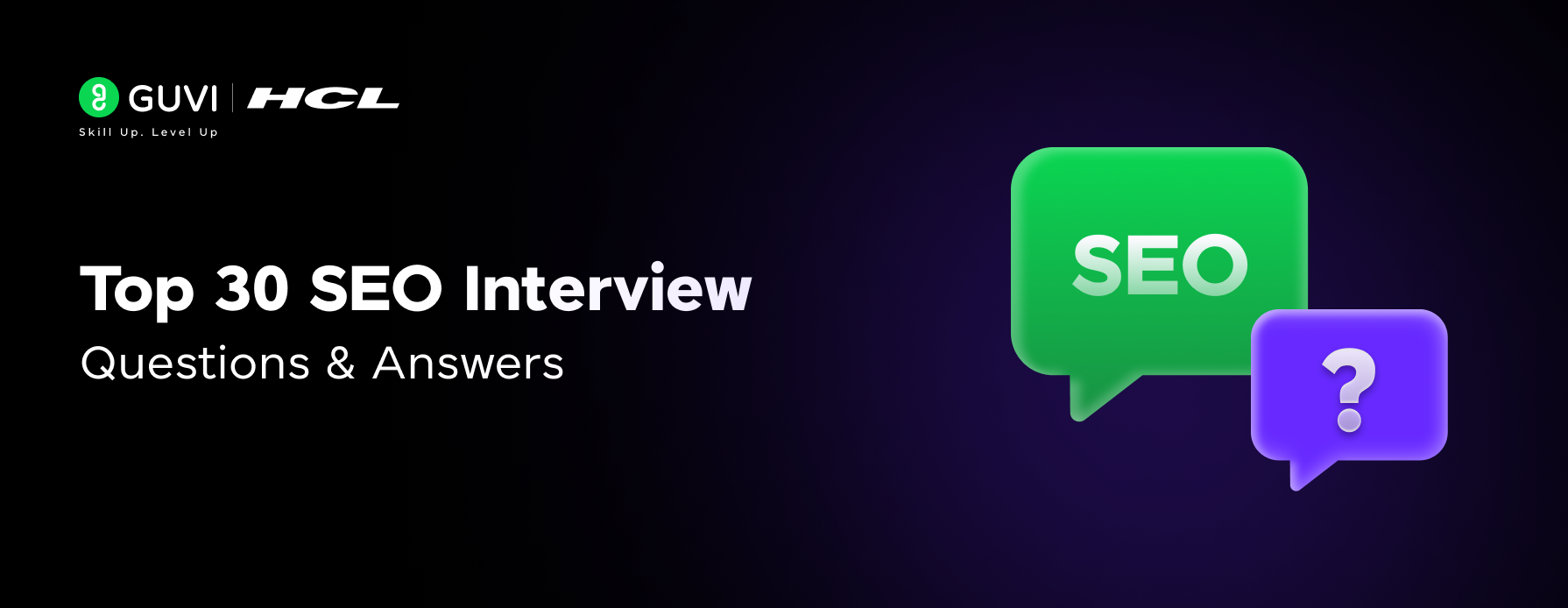

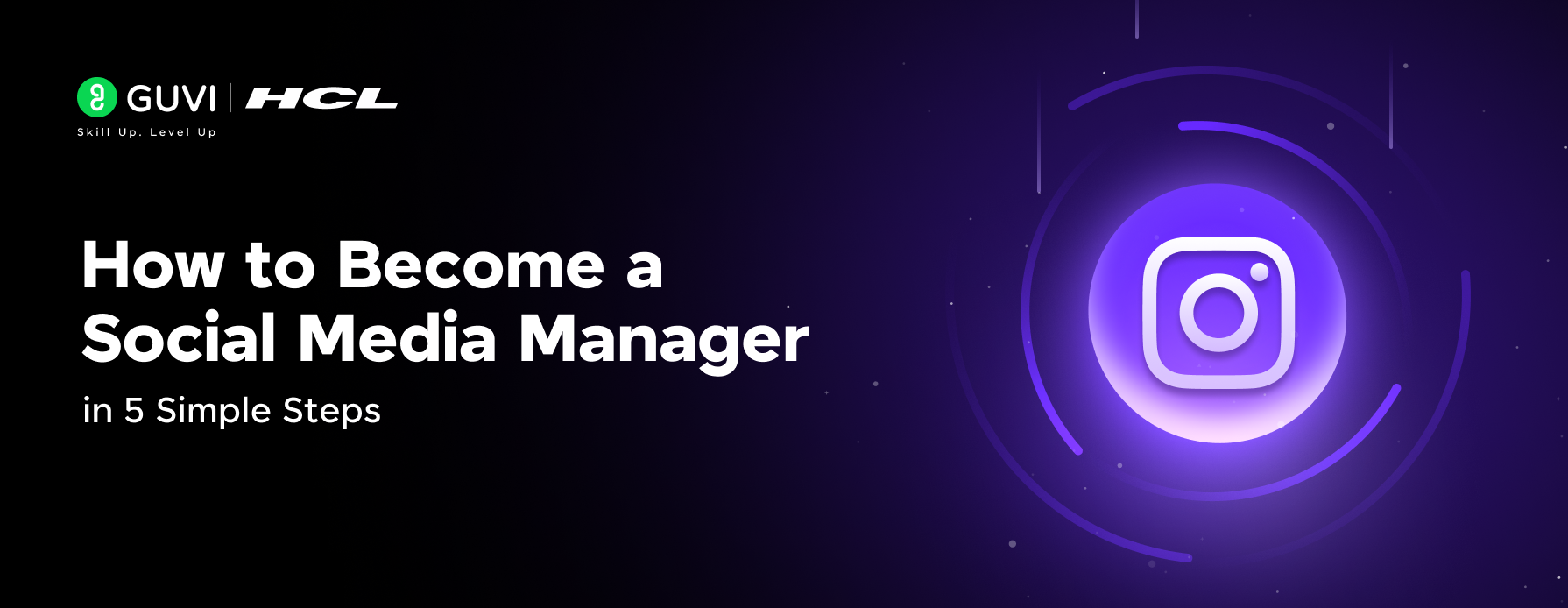
![How to Switch from Sales to Digital Marketing: A Beginner's Guide [2025] 13 sales to digital marketing](https://www.guvi.in/blog/wp-content/uploads/2025/01/How-to-switch-your-career-from-Sales-to-Digital-Marketing.png)
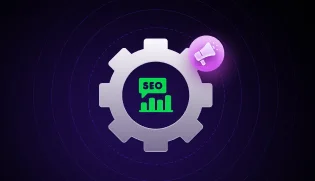



Did you enjoy this article?